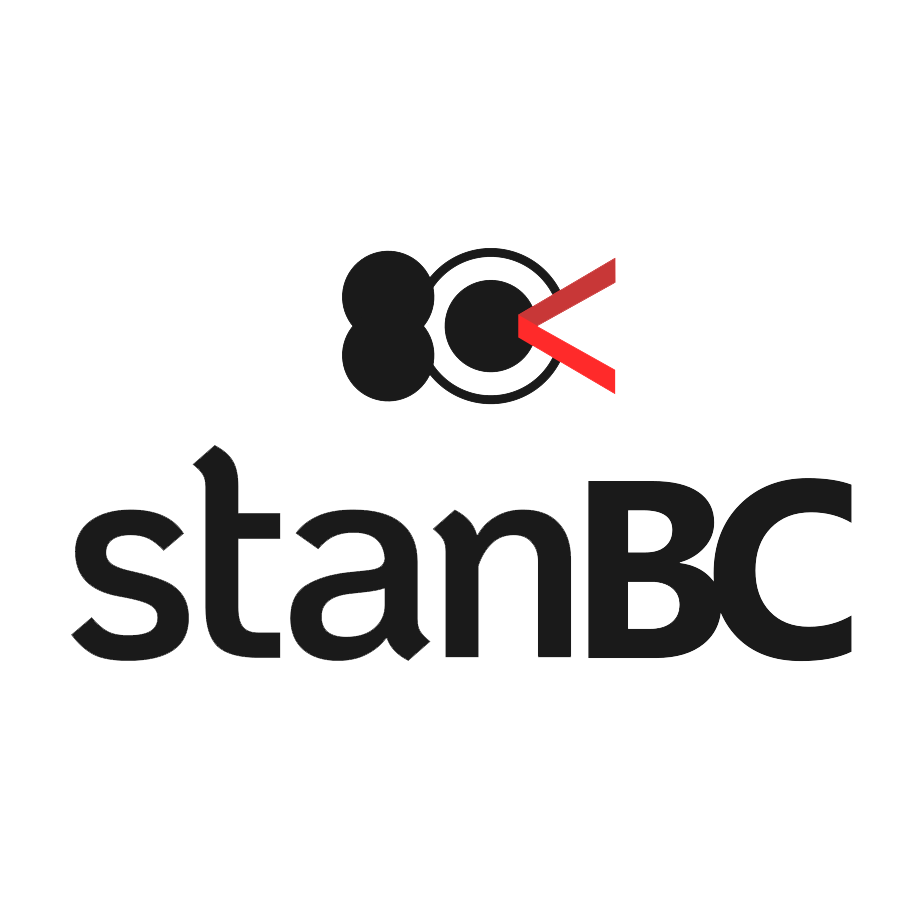Objectives
The overall objective of the project is to establish a sound measurement framework for both aerosol light absorption coefficient and its conversion to eBC mass concentration, bringing traceability and consistency to both, and consequently making measurements across different air quality monitoring networks in Europe (and worldwide) more accurate and comparable.
The specific objectives of the project are:
- To develop traceable in situ reference methods for aerosol light absorption coefficient (extinction minus scattering and photo-thermal interferometry) with a robust uncertainty budget estimation as a function of the light wavelength and ambient aerosol properties (e.g, SSA) suitable for use in generating a calibration chain to instruments used to monitor environmental levels of BC. Target measurement uncertainties for the reference methods are ≤ 10 %. In addition, to provide clear guidelines to end users about the specifications, limitations and application range of each reference method.
- To determine traceable methods for the measurement of the aerosol mass absorption cross-section with a robust uncertainty budget estimation at various wavelengths based on traceable measurements of light absorption and EC mass. In addition, to establish the relationship between eBC mass, rBC mass and EC mass (EN 16909:2017) via inter-comparisons.
- To determine methods for calibrating filter-based light absorption photometers using the in situ reference methods developed in Objective 1 and a series of well-defined synthetic aerosols generated in the laboratory. The SSA of the synthetic aerosols will span the whole range (from < 0.5 to almost 1) to determine SSA-dependent calibration factors, including multiple scattering factors with the associated measurement uncertainties (target uncertainties are < 15 % for 95 % confidence level).
- To contribute to the development of a new CEN standard on i) traceable reference methods for determining aerosol light absorption coefficients (i.e. at multiple wavelengths) and ii) materials and methods for calibrating filter-based photometers against the reference method(s). This should include close collaboration with CEN/TC 264, CEN/TC 264/WG 35 and ISO/TC 146/SC 3.
- To facilitate the take up of the technology and measurement infrastructure developed in the project by the measurement supply chain (e.g. accredited laboratories), standards developing organisations (e.g. CEN/TC 264, CEN/TC 264/WG 35 and ISO/TC 146/SC 3) and end users (e.g. national and international climate and air quality monitoring networks, instrument manufacturers), and to disseminate to the wider stakeholder community via the European Metrology Network (EMN) for Climate and Ocean Observation, EMN Pollution Monitoring and national and European air quality monitoring networks (e.g. ACTRIS, EMEP, GUAN, NABEL, UK Black Carbon Network, Atmo-France, FMIODATA) and instrument manufacturers.
